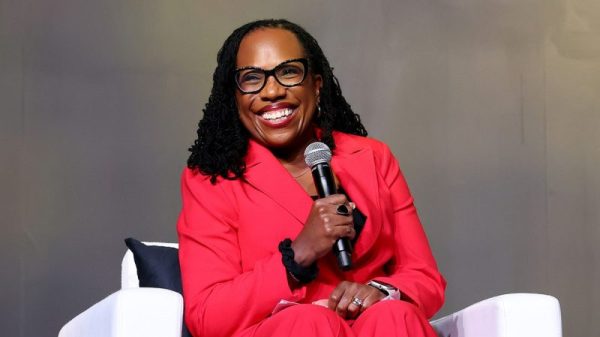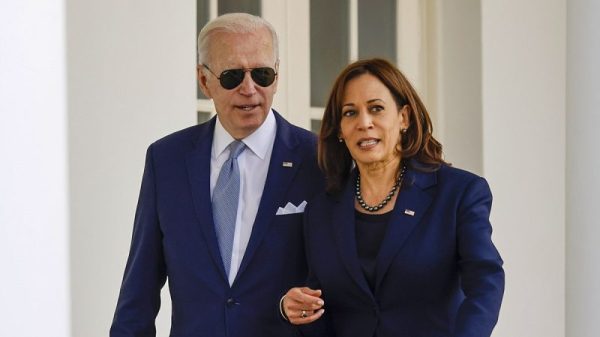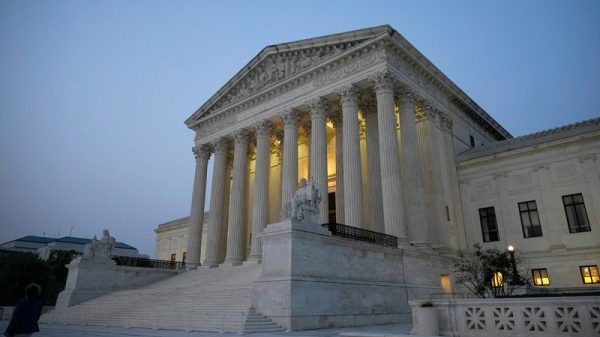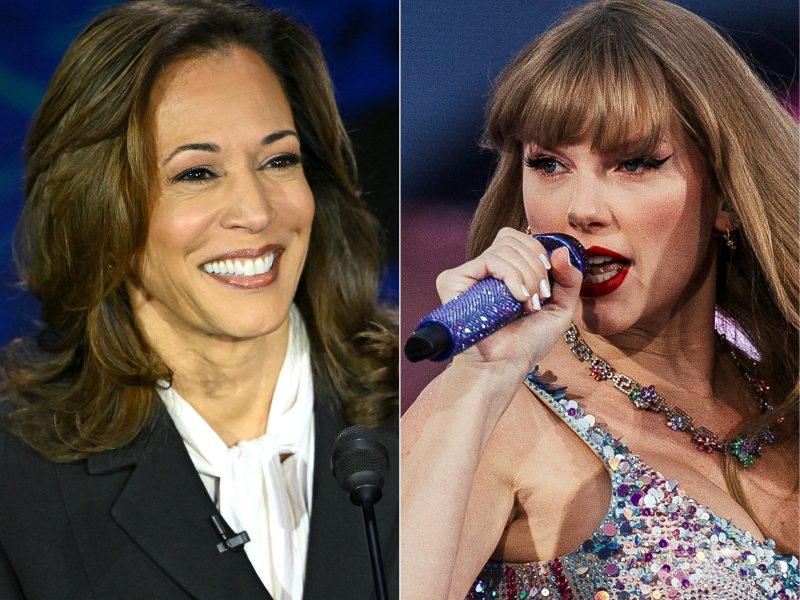The recent endorsement of Kamala Harris by singer Taylor Swift has brought the spotlight onto the influence of young voters in the upcoming election. As young voters have increasingly become a significant demographic in political elections, it is crucial to understand that this group is not a monolith. They encompass a diverse range of opinions, values, and priorities that need to be acknowledged and addressed by political candidates seeking their support.
One key aspect of young voters that sets them apart from other age groups is their strong emphasis on social justice issues. From climate change to racial equality, young voters are vocal about the changes they want to see in society. This has been particularly evident in recent years with the rise of movements such as Black Lives Matter and Fridays for Future, led by young activists demanding systemic changes.
Furthermore, young voters are highly engaged with social media and digital platforms, making them more susceptible to viral trends and online movements. Candidates who can effectively communicate their message through these channels have a better chance of reaching and mobilizing young voters. Taylor Swift’s endorsement of Kamala Harris on Instagram, for example, reached millions of her young followers and likely had a significant impact on their perception of the candidate.
Despite their shared commitment to social justice and digital savvy, young voters are not homogenous in their political beliefs. They span a wide spectrum of ideologies, from progressive to conservative, and their voting behavior is influenced by a variety of factors, including race, gender, socioeconomic status, and education. It is crucial for candidates to recognize and appeal to this diversity within the young voter demographic to earn their support.
Moreover, young voters are often disillusioned with traditional politics and skeptical of established political parties. They are more likely to support candidates who offer bold and innovative solutions to pressing issues, rather than sticking to the status quo. This presents an opportunity for candidates to think outside the box and tailor their policies to resonate with the values and aspirations of young voters.
In conclusion, Taylor Swift’s endorsement of Kamala Harris sheds light on the growing importance of young voters in shaping the political landscape. By acknowledging the diversity, social consciousness, and digital engagement of young voters, candidates can better engage with this demographic and address their concerns effectively. As the upcoming election approaches, it is clear that young voters are a powerful force that cannot be ignored.


































